“We see the impact of this newly announced tariff regime as much more targeted than what we faced before today, and countries that compete against China have a huge incentive to reach trade deals with the US before the 90-day pause is over," Michael R. Englund, principal director and chief economist for Action Economics, told Sputnik.
Englund suggested some big deals to be announced with the major Southeast Asian countries before July, saying that "possibly a deal can be reached with Europe as well.”
“We expect to see some reshoring among various industries, with likely deals between the White House and various vehicle manufacturers to move at least some of their Mexican and Canadian operations to the US in an effort to balance trade within NAFTA. A similar negotiation may be seen with some of the European automakers who have limited production facilities in the US,” Englund said.
On April 9, President Donald Trump authorized a 90-day tariff pause and a reduction of the reciprocal tariff to 10%, effective immediately. This decision followed negotiations with over 75 countries, including representatives from the Departments of Commerce, Treasury, and USTR, addressing issues such as trade barriers, tariffs, currency manipulation, and non-monetary tariffs. Trump noted that these countries have refrained from retaliating against the United States, as he had strongly suggested.

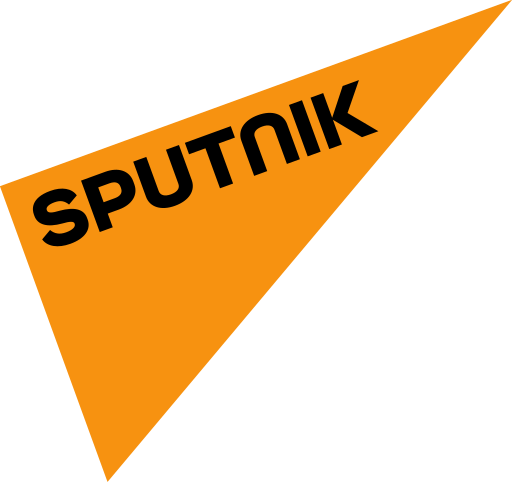 1 week ago
13
1 week ago
13
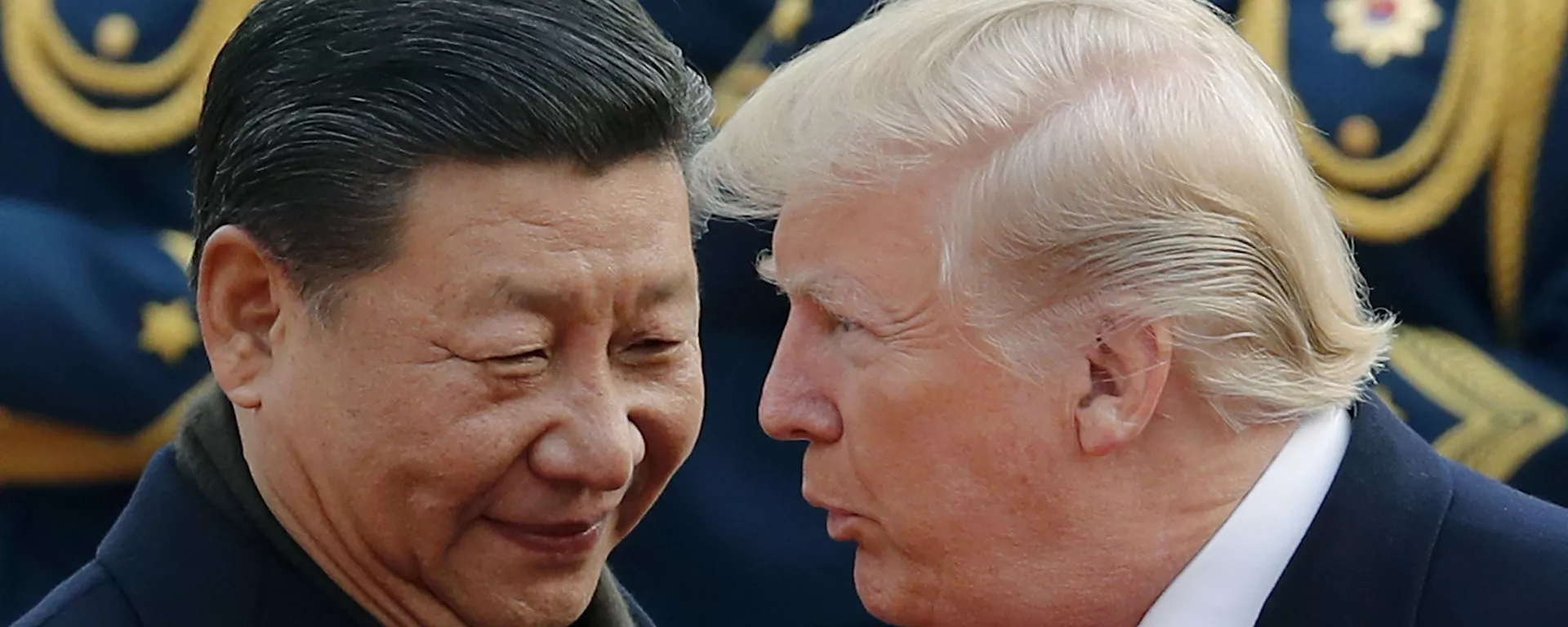
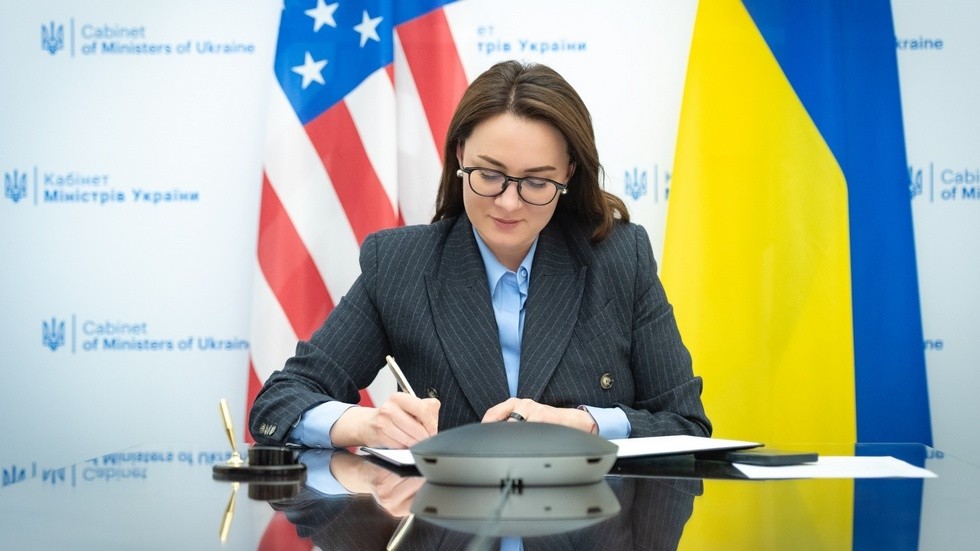
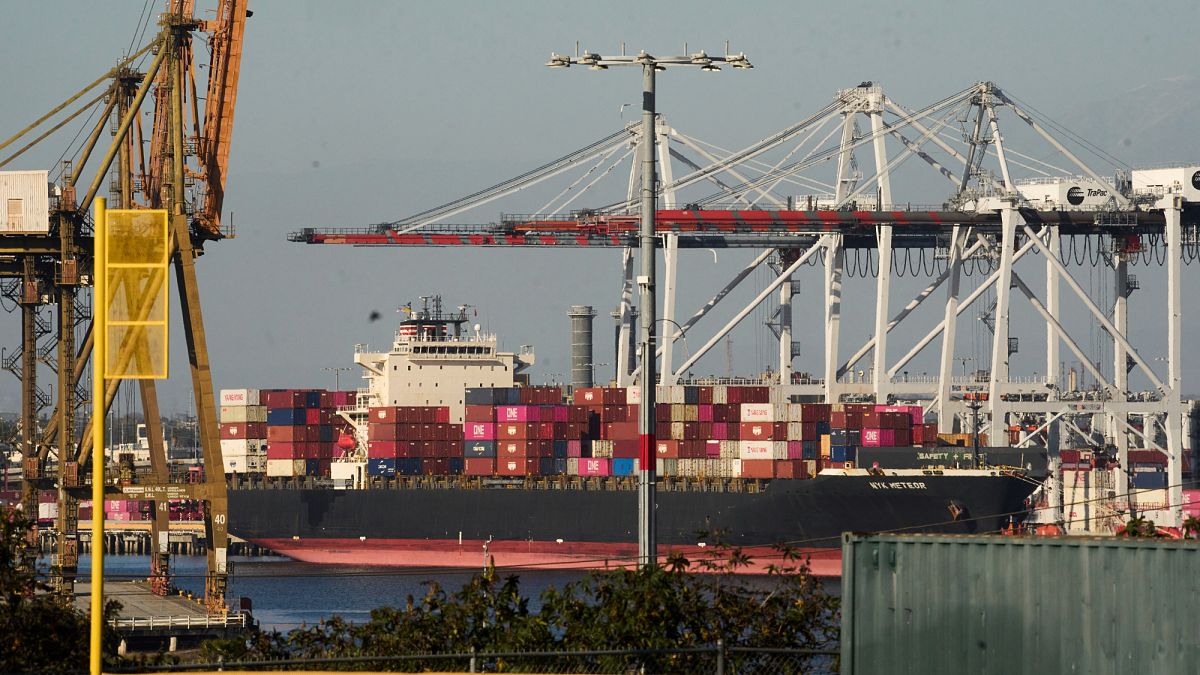

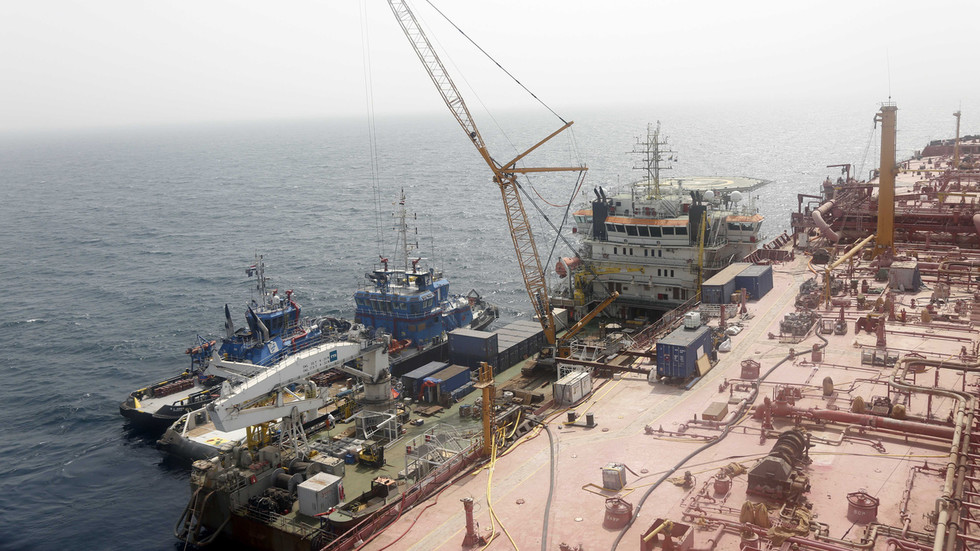
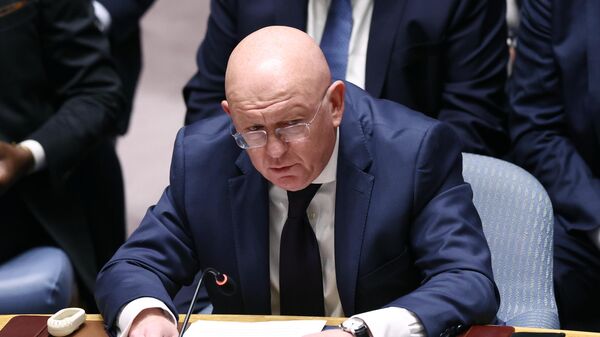
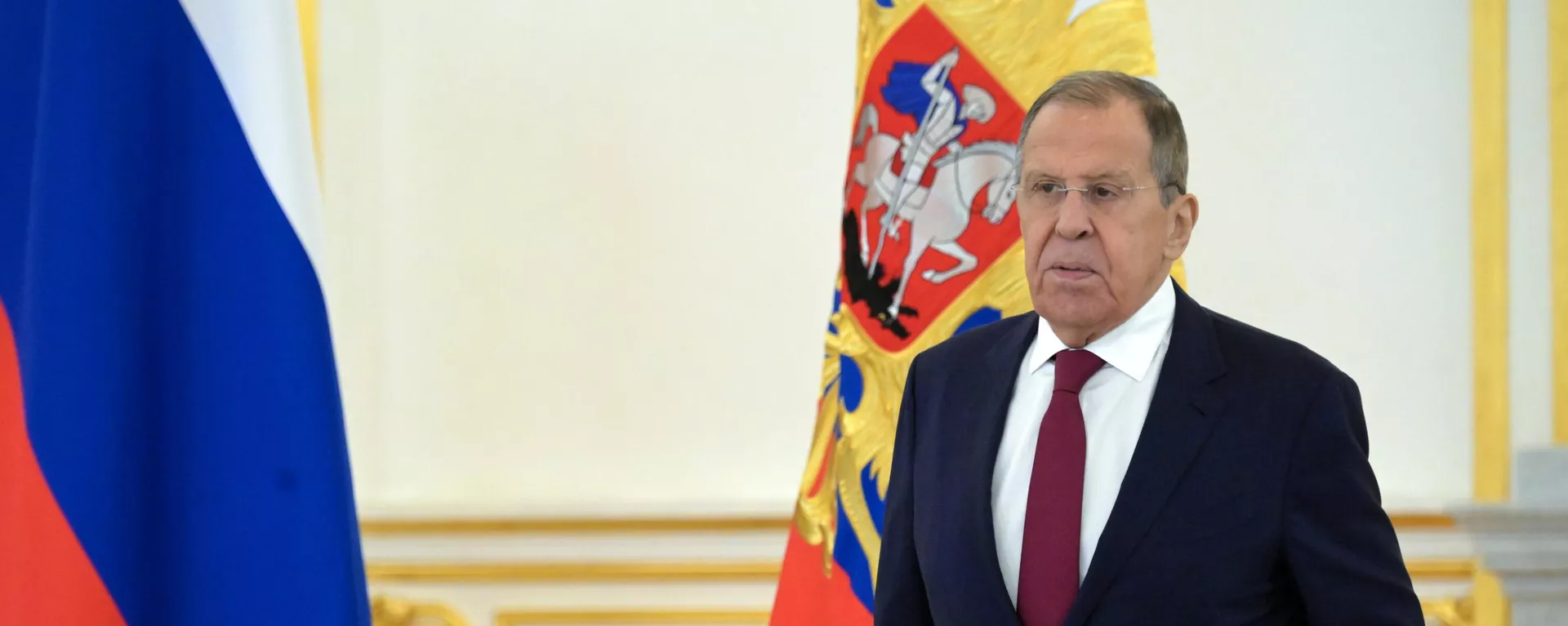
 We deliver critical software at unparalleled value and speed to help your business thrive
We deliver critical software at unparalleled value and speed to help your business thrive


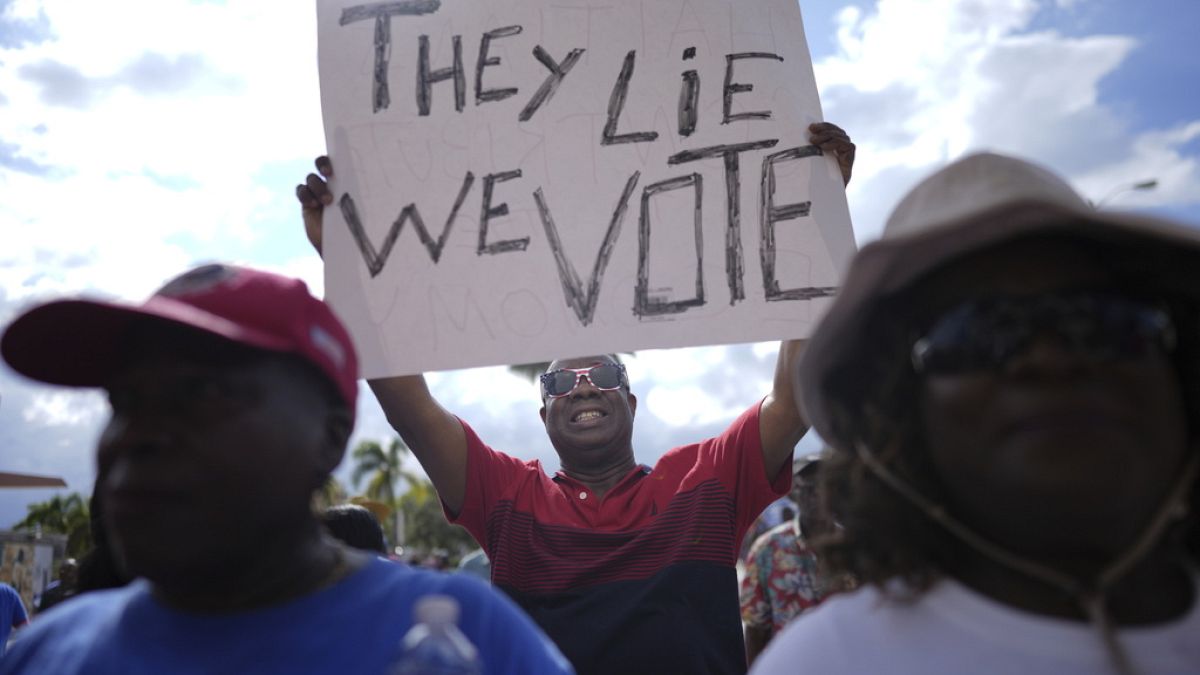
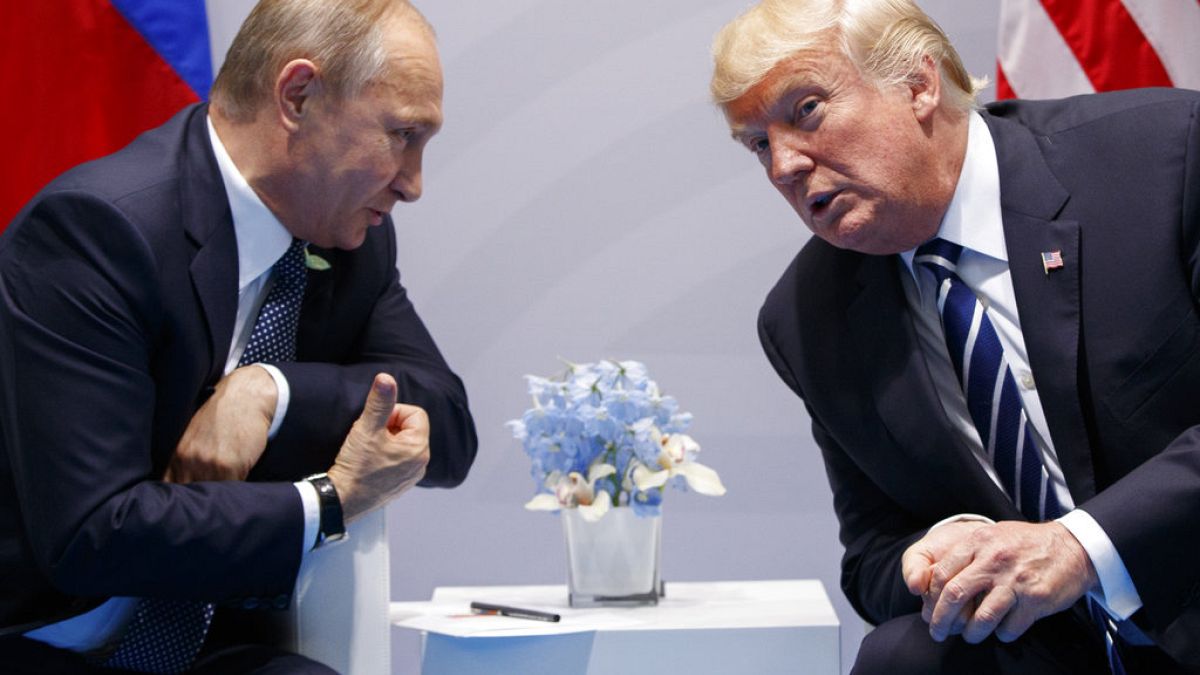


 English (US) ·
English (US) ·